“Is this the Intan house?” I asked the taxi driver.
He shrugged and pointed at the GPS “This is the address you gave ah, miss” he replied.
A minute later and a few Singaporean dollars poorer, I cautiously tapped on the blue-doored house. Ready to be shouted by a random house owner. The door cracked, and I repeated my question to the person standing before me.
“Yes, yes it’s. There is the sign over there” he pointed out a clear sign that I clearly missed.
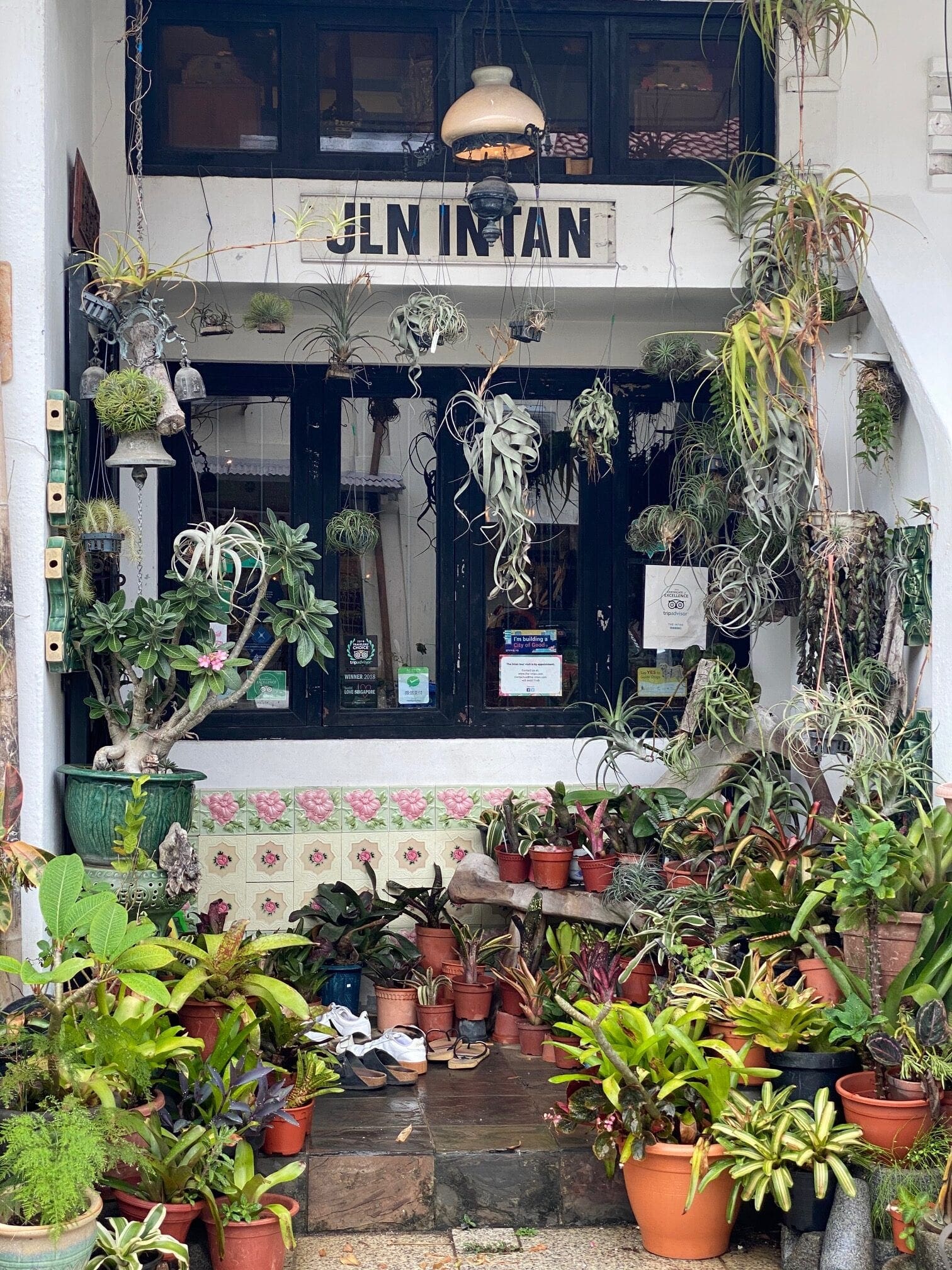
As the sign said, The Intan is one of the few privately-owned museums in Singapore. And if you can’t guess it yet, it is a two-storied terrace house turned museum, hence the name. It’s owned and operated by the same man who welcomed me in, Alvin Yapp.
He then invited me to join other visitors in the living room as the guided tour was about to begin. We all sat in various teak chairs inlaid with mother pearls, surrounded by colourful snacks and tea sets placed on top of another beautiful piece of furniture.
Alvin formally introduced himself while simultaneously serving the food and giving us the history of the Intan.

The Intan
The Intan was born out of his passion project to preserve the Peranakan culture, which has been slowly vanishing in Singapore. As a Peranakan descendant himself, he felt the same way when he realized there was a language barrier between him and his grandmother.
“With a deep attraction, I started collecting little things that represented the spirit of the Peranakan culture. As time went by, my collection grew larger, more diverse, and definitely more rewarding. With every piece I acquired, I learned something new about the culture” – Alvin Yapp (source).
Ever since he began collecting items that represent the culture. Starting from his family heirlooms to the outside world. Some through purchases and others by means of donations. His collections eventually grew big enough to fill an entire house.
Peranakan Culture
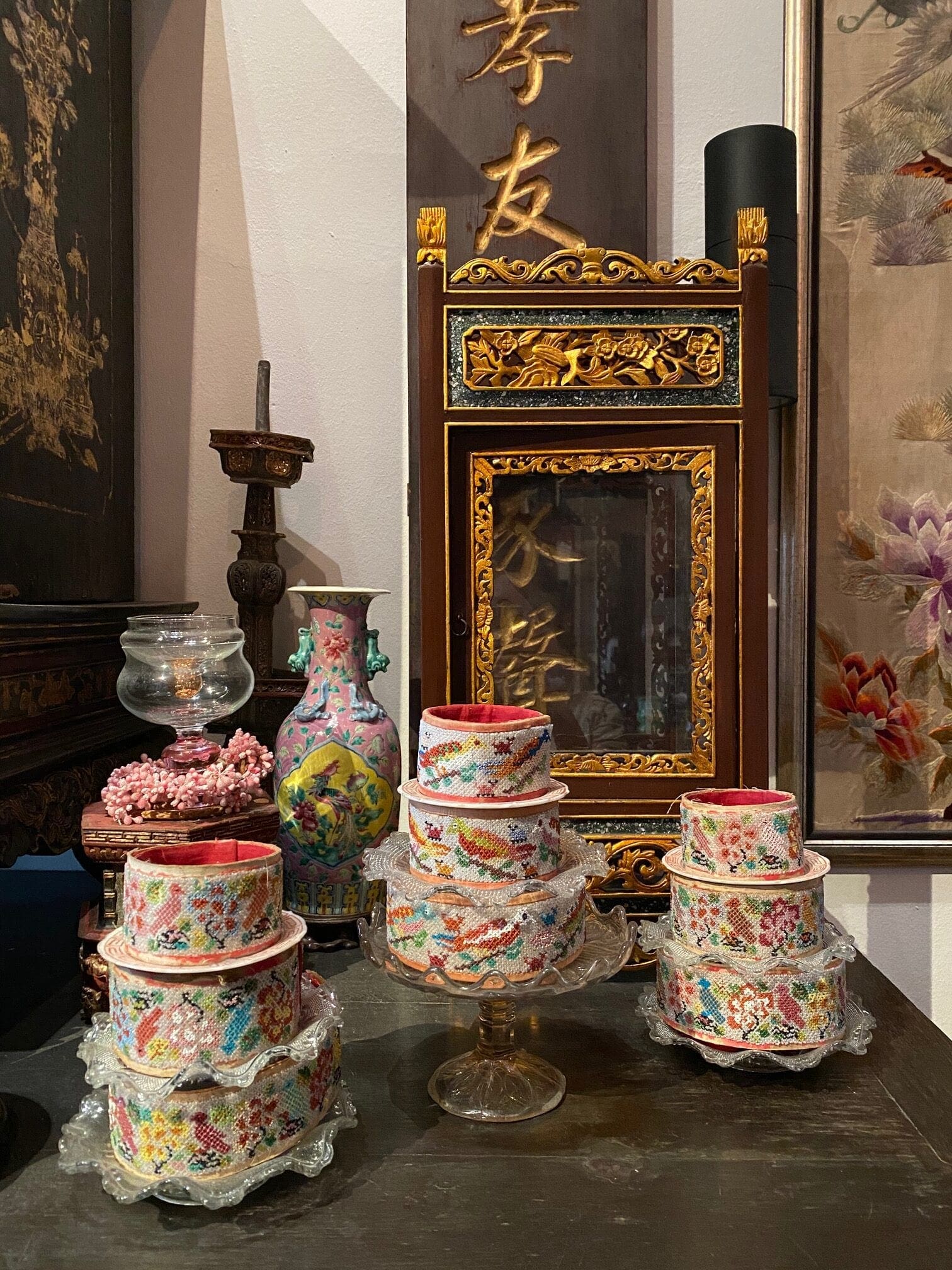
Alvin showcased the museum’s most prized possessions on the second floor (Loteng as they said in the Peranakan house). From jewellery and traditional clothes to everything Peranakan wedding related.
The first thing that caught my attention was the family portrait. It stroked me as odd as the man was wearing western attire while the woman was wearing cheongsam (traditional wear in Chinese culture).
Alvin said that’s a true deception of Peranakan culture. A blending of Malay and Chinese cultures. Interestingly, the Peranakan woman wears a cheongsam only on formal occasions. Their daily attire is more of a Malay-styled embroidery camisole combined with batik sarong (originally made in Indonesia and brought by the Dutch to Melaka).
Peranakan Wedding Basket
Meanwhile, Peranakan wedding traditions lean closer to Chinese culture. One of the prominent items during the celebration rituals is Bakul Siah (wedding basket). It’s a multi-tiered, beautifully handmade basket used to carry the gifts for the gift exchange ceremony (Lap Chai) between the two families.
The wedding basket can be very expensive and is the status symbol of the family. Historically, the wealthy Indians who lived in this part of the world included the wedding basket as a part of the dowry.
A few celebration day items aside, the Intan house was filled with beautiful artifacts of everyday life. From the furniture we sat on to the cups we sipped our tea from earlier. The house is living and breathing the Peranakan culture. You can feel its’ soul. Alive and filled with layers of generational stories and ancestral memories.
The quality shown in the craftsmanship of these everyday items reminds me of the book I have on my bookshelf: The Beauty of Everyday Things by a Japanese philosopher, Soetsu Yanagi.
“In the past, everyday objects were treated with care, with something verging on respect. I believe it principally resulted from the honest quality of their workmanship and the fact that the more an object was used, the more its beauty became apparent. As our constant companion in life, such objects gave birth to a feeling of affection. The relation between people and things then was much deeper than it is today. When a person could point to what he was wearing and say, ‘This belonged to my grandfather’, it was a source of pride” – Soetsu Yanagi.
Peranakan Culture and I
As an Indian Indonesian with strong roots in Medan (the largest city on Sumatra island), I grew up partially influenced by Peranakan culture. Unfortunately, I never had a real opportunity to learn about the culture that intrigues me. Maybe the curiosity eventually led me to knock on the blue doored house.
The light snacks Alvin served us, Kuih in Malay, have been a part of my life back home. These are the snacks Amma used to buy from the seller in front of my primary school when I was young. And later, they were the same ones she buys for me from the traditional markets whenever I am back home because she knows I love them.
When I researched Peranakan culture for this post, I learned that my favourite dish, Sayur Lodeh, which Amma cooks every time I visit Jakarta, is Peranakan culture.
As for the traditional clothes displayed in the Intan, my Indian grandmothers had been wearing them for as long as I could remember. From the camisole, Sarong, down to the Selop (slip-on shoes).
“Sireh” Betel Box
Another item in the Intan that I noticed immediately as I entered the house was the betel box. It is a small container for betel leaves, nuts, and other ingredients to be consumed as a snack. Essentially, it’s the old-timey version of snack-on-to-go.
You can find a betel box in every Peranakan house, usually near the entrance. When you come for a visit, the house owner usually offers the betel inside to you. If they do and you are not into betel (because, let’s face it, why would you?), the tradition is to at least must touch the box as a sign of respect. Kinda like thank you, but no thank you.
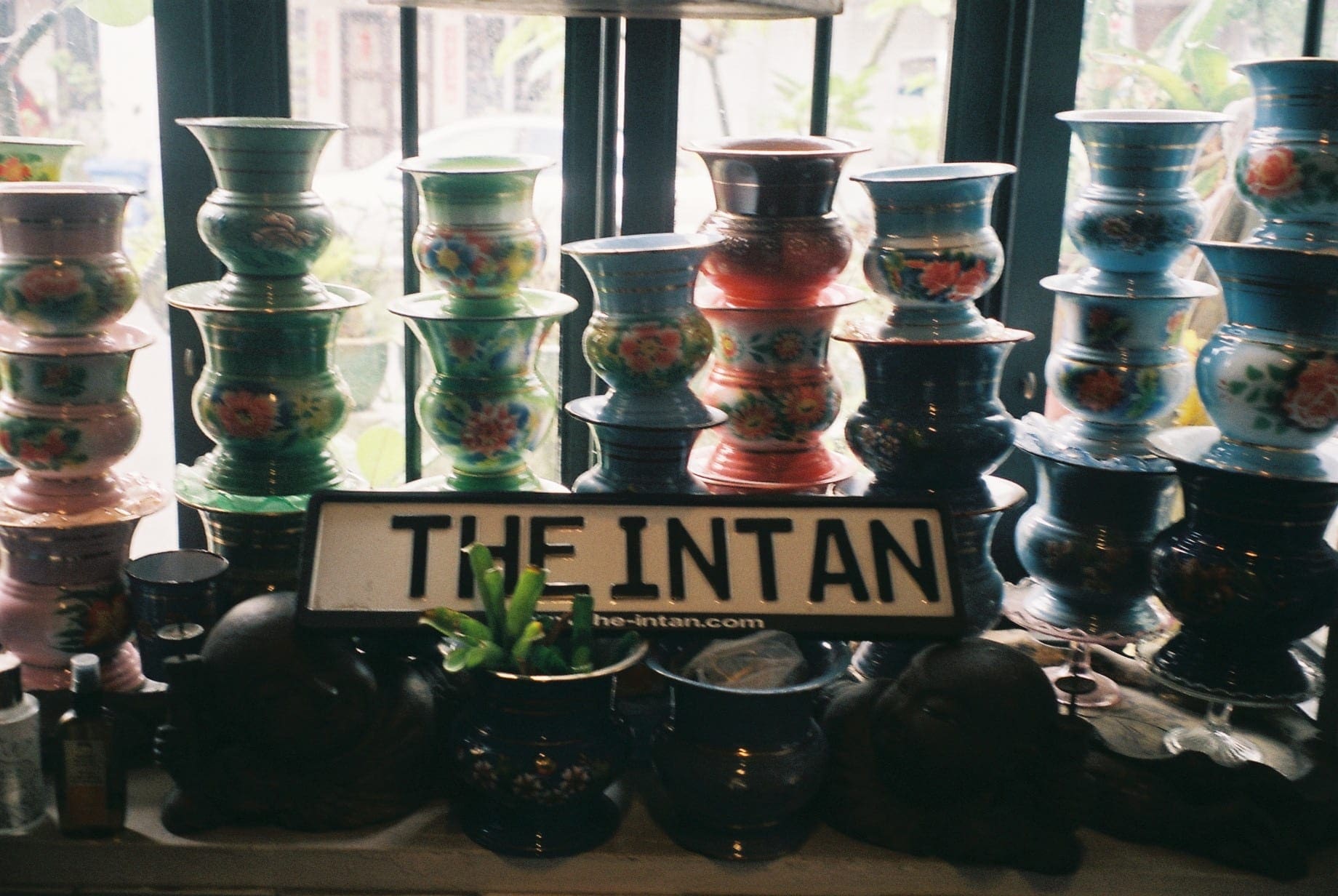
I have seen a similar container in my grandparents’ house. Though unlike in Peranakan culture, it wasn’t placed near the entrance.
Alvin also placed beautifully decorated spittoons on the stairs in the Intan. The spittoon is used to dispose of the chewed betel leaves. It has been such an intrinsic part of the culture that spittoon is considered a status symbol in society. Strangely I have never seen one before in my grandparents’ house.
Dapur (Kitchen) Nyonya
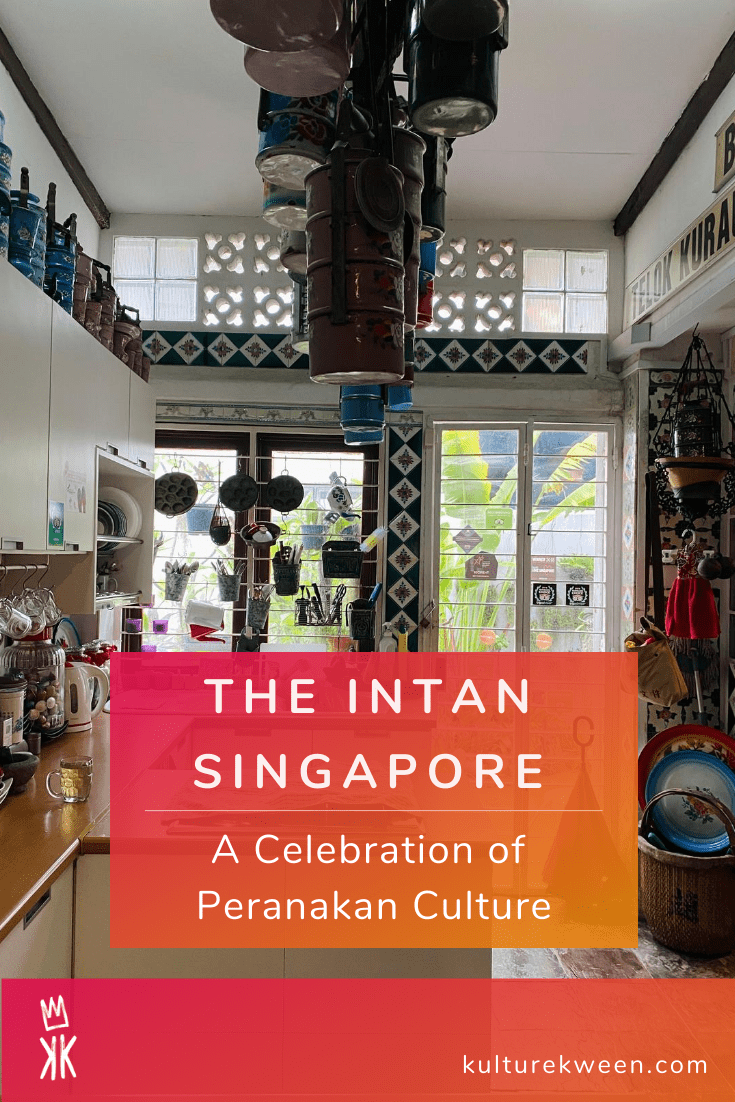
The best part of the Intan was the retro-styled kitchen. Placed at the end of the longhouse it got plenty of sunlight from the back entrance. This kitchen reminded me so much of my grandmother’s kitchen. I could recall her soft demeanour, the smell of the legendary mutton soup and hearing my aunts chatter while busy preparing a feast, as I lingered unnecessarily long in the kitchen trying to soak the memories that somehow escaped my mind all these times.
If you have been following this blog enough, you would know that the museum gift shop is one of my guilty pleasures. Hence, my last stop at the Intan. The small gift shop is located right at the back of the house. I got a Peranakan tile magnet as a souvenir for my friend Priscilla from there. I thanked Alvin for his warm hospitality and stepped out back to Singapore where I am much more familiar.
The Intan house is a Peranakan treasure chest. It celebrates the blending of different cultures and traditions and adds richness to the world culture. if Asian culture is your cup of tea, do pay it a visit (booking must be made in advance) and both Pinang Peranakan Museum and Blue Mansion in Penang Malaysia.
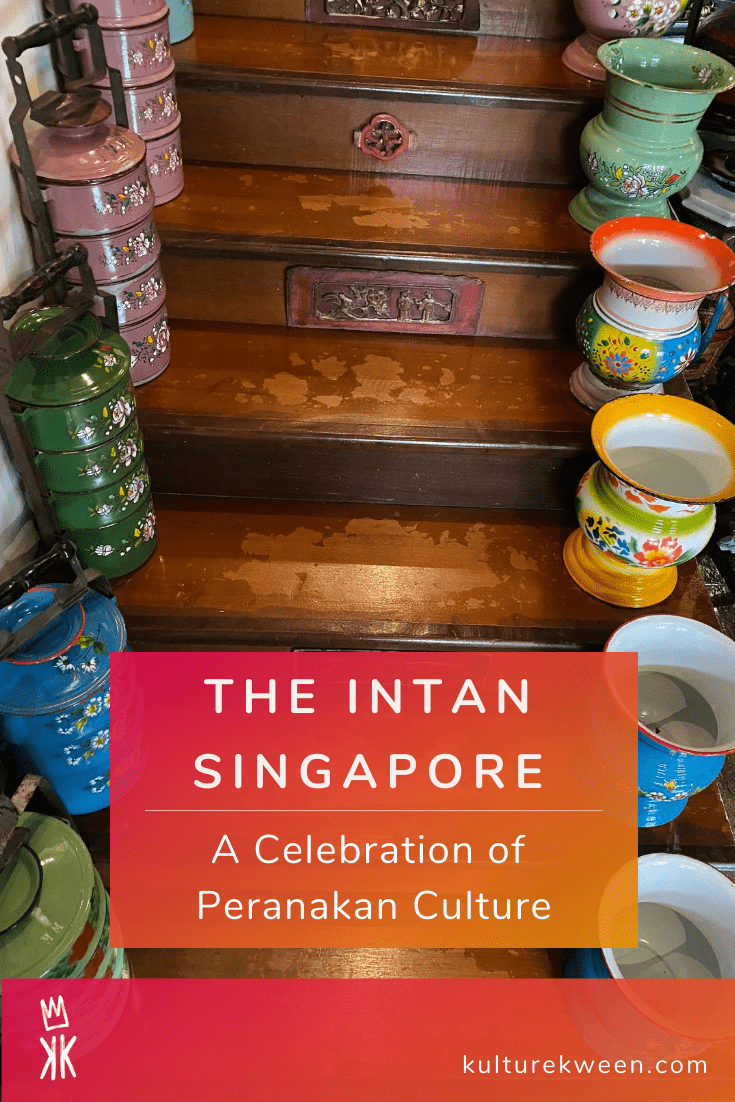
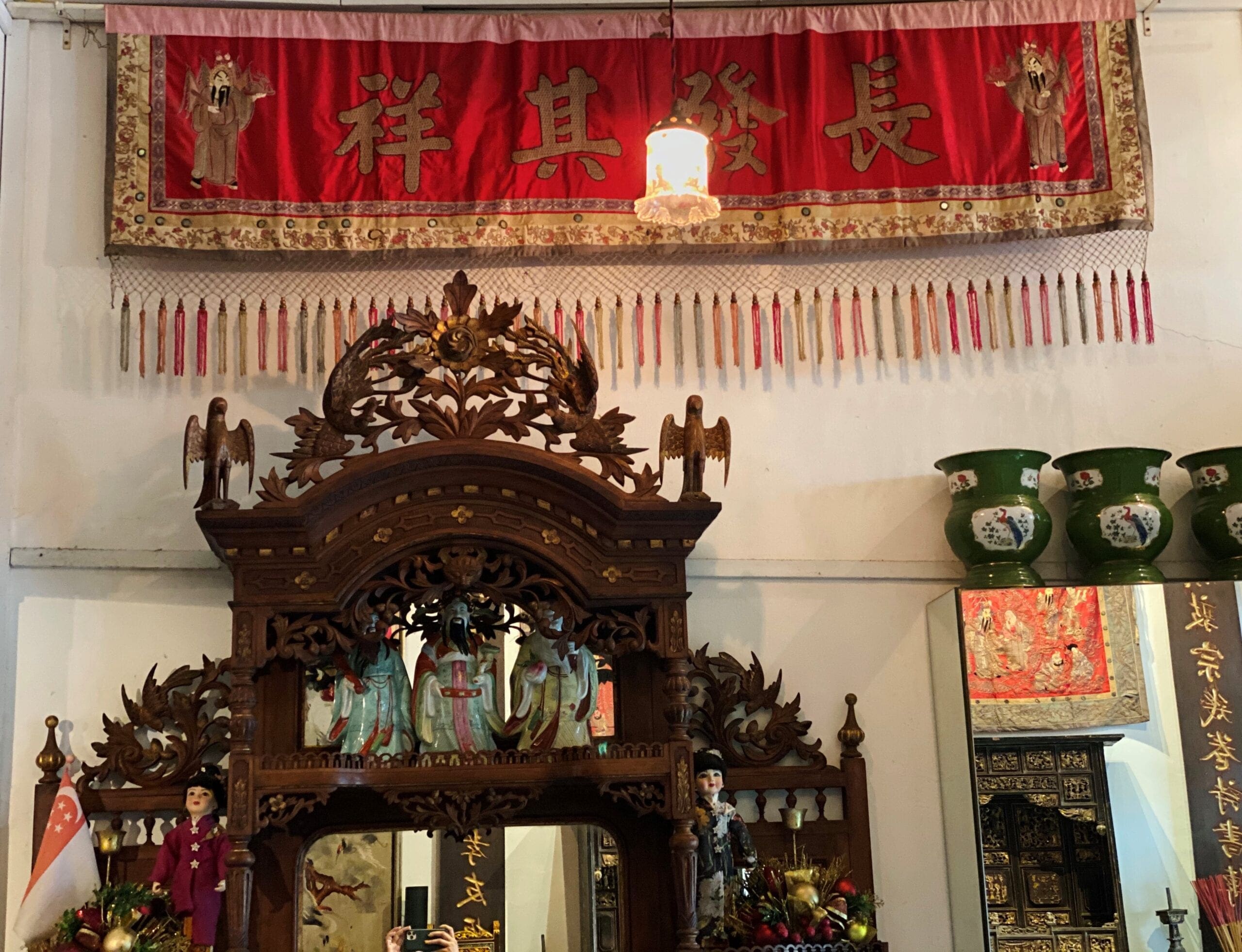
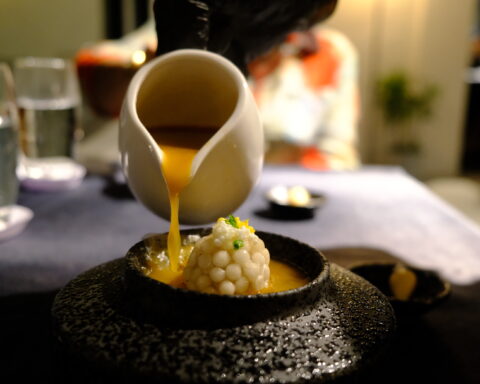
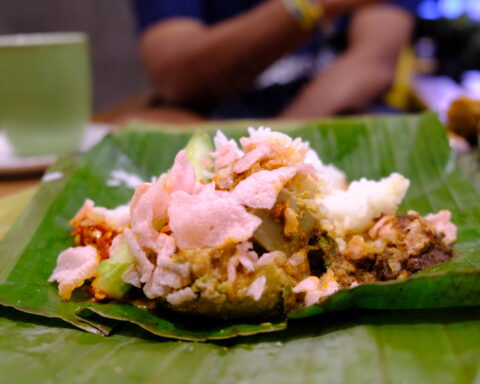
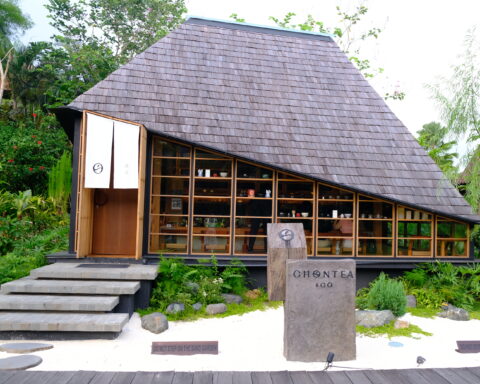
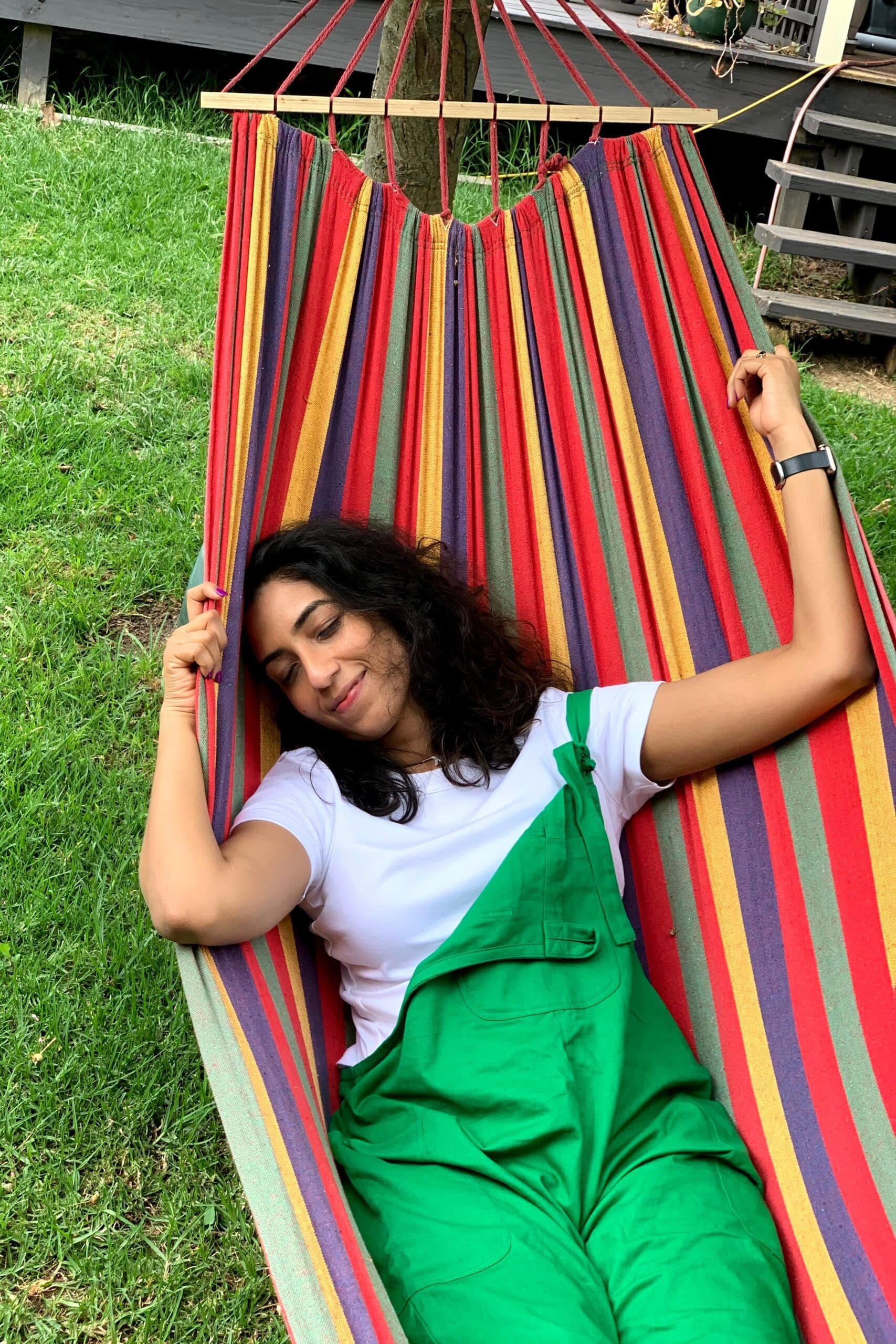
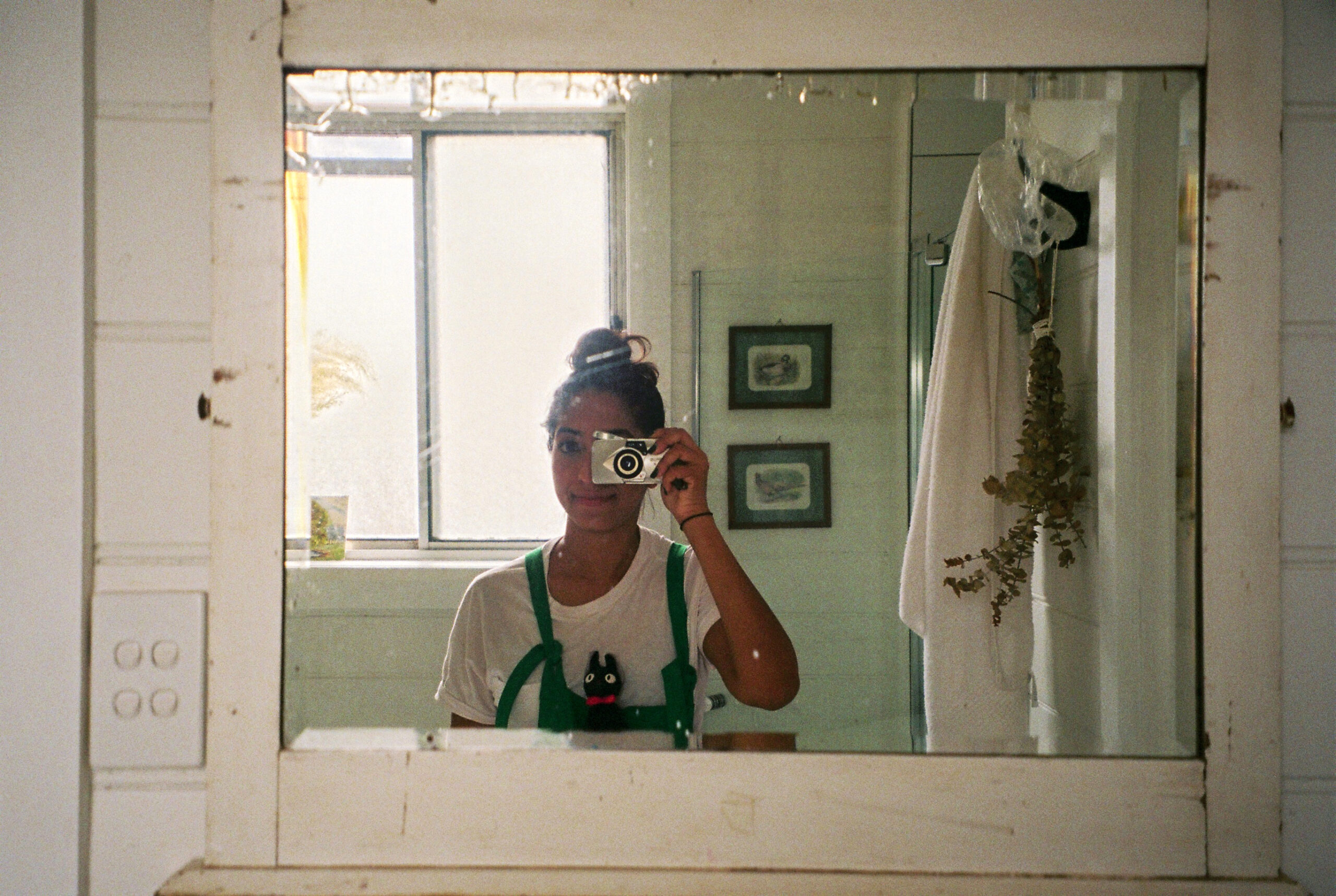
[…] Peranakan cuisine is one of my favourites because it reminds me of the food culture my Amma and Atta passed down through generations. “Okay, I’ll have some from your plate,” I told him. […]
[…] Mahajan The Inspiring Indian Australian Story Teller ❀ The Intan A Celebration of Peranakan Culture […]
[…] Kue Bangkit is a traditional Peranakan cookie (another bit of Peranakan culture that has somehow made its way into our lives). It’s this Nyonya Kuih made of sago starch, […]
[…] want to learn more about the Peranakan cult. In that case, you can visit the Peranakan Museum or Intan House, get the Nyonya recipe books, or take a Peranakan cooking […]
[…] me. You can find cute earrings, tarot decks, cute self-help books, and all things Singaporean and Peranakan culture (from yoga mats to tableware) to local artists’ artworks here. I got two earrings, books, and […]
[…] It took me a few more “taste-test” before realizing why. Though the restaurant is called Bali Bali (twice as Indonesian as one can assume), it was not Indonesian food that I was eating that day. More like a mishmash of Malay-Singaporean and Malaysian cuisines – leaning heavily towards Peranakan cuisine. […]
[…] So lessons for the day: not all TikTok video is useless, uncle’s food recommendation is always good, don’t judge food by appearance, but most importantly, you must try the mutton soup at Soup Kambing Haji M. Abdul Rajak when in Singapore. […]
[…] Cap Go Meh is the traditional lontong dish made with a Chinese interpretation – attune to the Peranakan style. Then there is Lontong Sayur Padang, which offers a thicker and richer gravy called Gulai, […]
[…] Peranakan culture and kueh. […]
[…] to the Strength card in tarot. With that I went on the Strength card rabbit hole and discovered Peranakan themed tarot […]
[…] Pinang Peranakan Mansion also showcased Peranakan culture‘s traditional clothes. Hey, my grandmothers wore these kinda clothes. I texted mom to ask […]